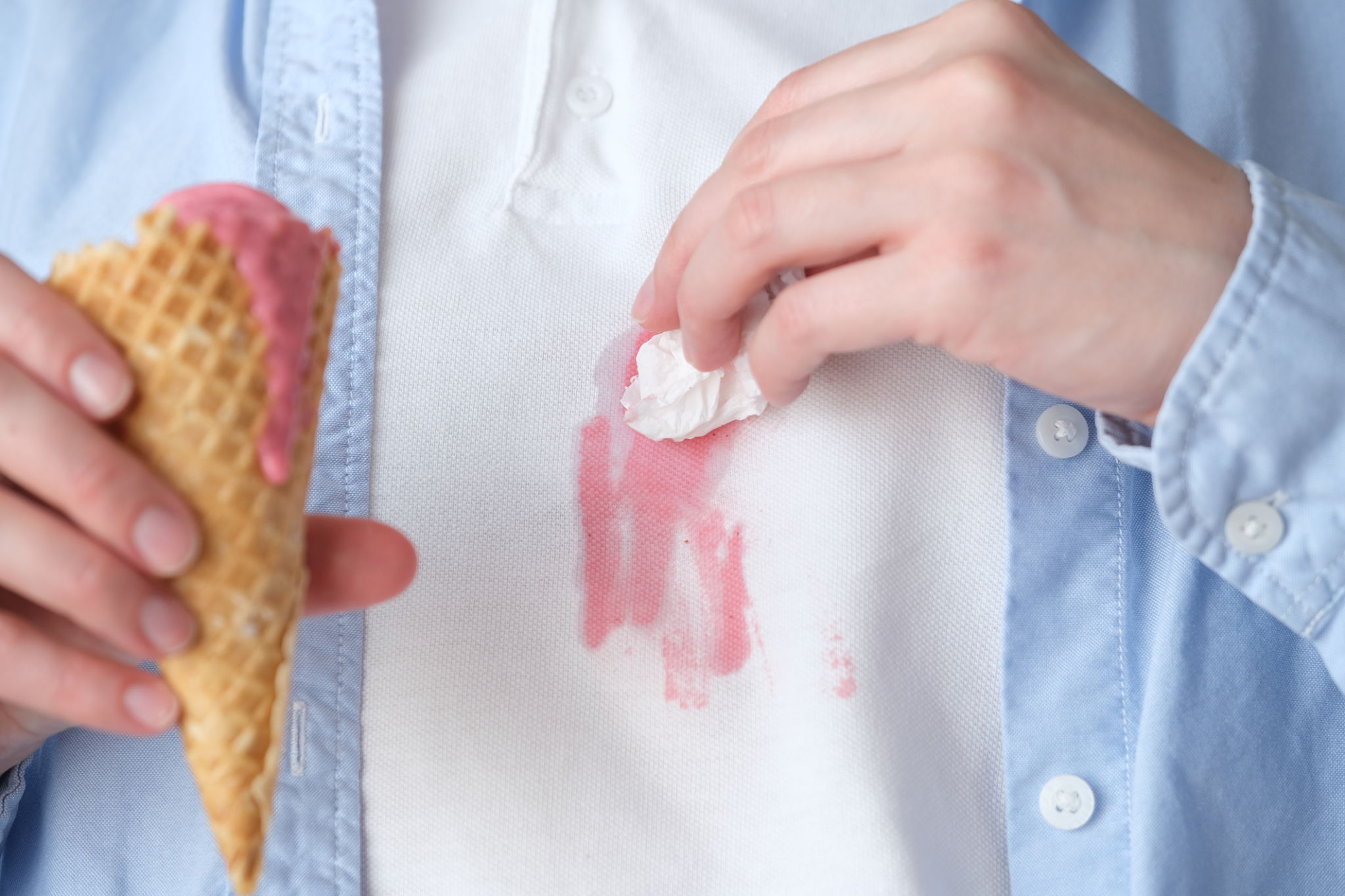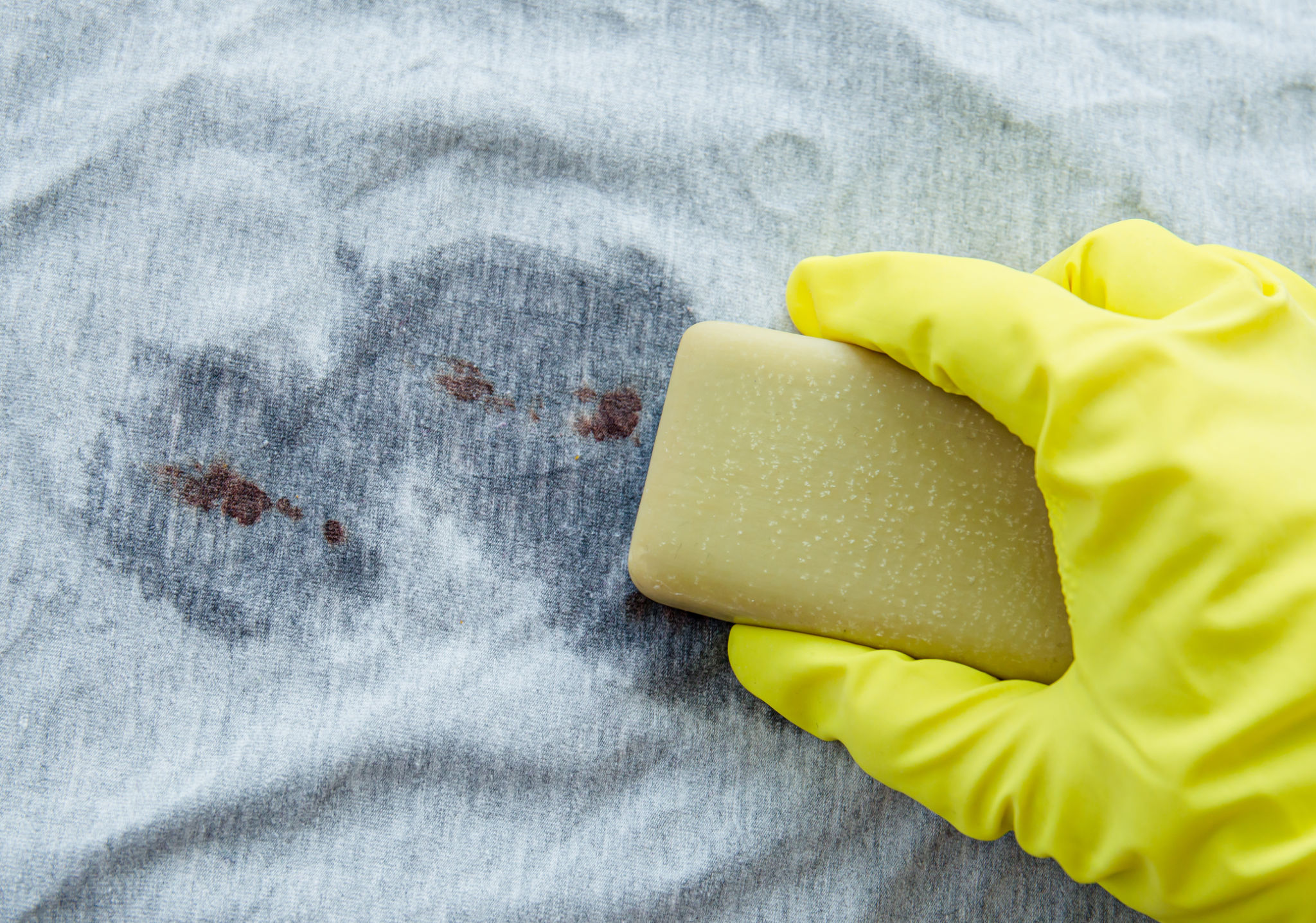How to Tackle Tough Stains with Professional Techniques
Understanding Different Types of Stains
To effectively tackle tough stains, it’s crucial to first understand the type of stain you’re dealing with. Stains can broadly be classified into categories such as protein-based, oil-based, dye-based, and tannin stains. Each requires a different approach for successful removal. Protein stains, like blood or sweat, often react well to cold water and enzymatic cleaners, while oil-based stains, such as grease or makeup, benefit from solvents that break down oils.
Knowing the nature of the stain helps in selecting the right cleaning agent and technique. For instance, using hot water on a protein stain can set it permanently, making it more difficult to remove. Conversely, hot water can be effective in dissolving oil-based stains.

Gathering the Right Tools and Supplies
Before embarking on the cleaning process, gathering the right tools and supplies is essential. Some basic items include clean white cloths or paper towels, a soft-bristled brush, mild detergent, and specific stain removers like enzyme-based cleaners or solvents. Having these tools on hand can make the process more efficient and increase the likelihood of success.
In some cases, household items can double as effective stain removers. For example, baking soda is excellent for absorbing odors and lifting light stains, while vinegar can act as a natural disinfectant and stain remover. Always test any cleaning solution on an inconspicuous area first to avoid damaging the fabric.
Step-by-Step Stain Removal Techniques
Once you have identified the stain type and gathered your supplies, it's time to apply professional techniques to remove the stain effectively. Here is a general step-by-step approach:
- Blot, don’t rub: Use a clean cloth to blot excess liquid from the stain without rubbing it further into the fabric.
- Pre-treat: Apply a small amount of stain remover directly on the stain and let it sit according to the product instructions.
- Wash: Launder the item in the hottest water safe for the fabric, using an appropriate amount of detergent.
- Inspect: Before drying, check if the stain persists. Heat from dryers can set stains permanently, so make sure it's fully gone before this step.

Tackling Specific Stains with Targeted Techniques
Some stains require more targeted strategies for removal. For example, ink stains might respond well to rubbing alcohol or hairspray due to their alcohol content. Grass stains can be particularly stubborn; treating them with a mixture of detergent and white vinegar can help break down chlorophyll pigments.
For wine stains, sprinkle salt over the affected area to absorb moisture before treating it with a specialized wine stain remover. If a stain proves particularly persistent, it may be worth consulting with professional cleaning services that have access to specialized treatments not available to consumers.
Using Natural Alternatives
If you prefer eco-friendly methods, there are several natural alternatives you can use for tackling tough stains. Lemon juice combined with sunlight can work wonders on yellowing fabrics, while club soda is a classic remedy for fresh spills. Baking soda paste is another versatile option for greasy or odorous stains.

Preventing Stains from Setting
Prevention is always better than cure when it comes to stains. Prompt action is key—deal with spills as soon as they happen to prevent them from setting. Keeping a small emergency kit with essential cleaning supplies handy can make it easier to respond quickly to accidents.
Additionally, applying a fabric protector spray can add an extra layer of defense against potential spills and stains. Regular maintenance of items like carpets and upholstery also ensures that they remain free from stubborn stains over time.
When to Seek Professional Help
Despite all efforts, some stains might still resist removal due to their composition or age. In such cases, it’s wise to seek professional cleaning services. Professionals have access to industrial-grade cleaning solutions and equipment that can handle even the toughest stains without risking damage to fabrics.
By understanding how to identify and treat different types of stains using professional techniques, you can maintain your fabrics in pristine condition and extend their lifespan significantly.
